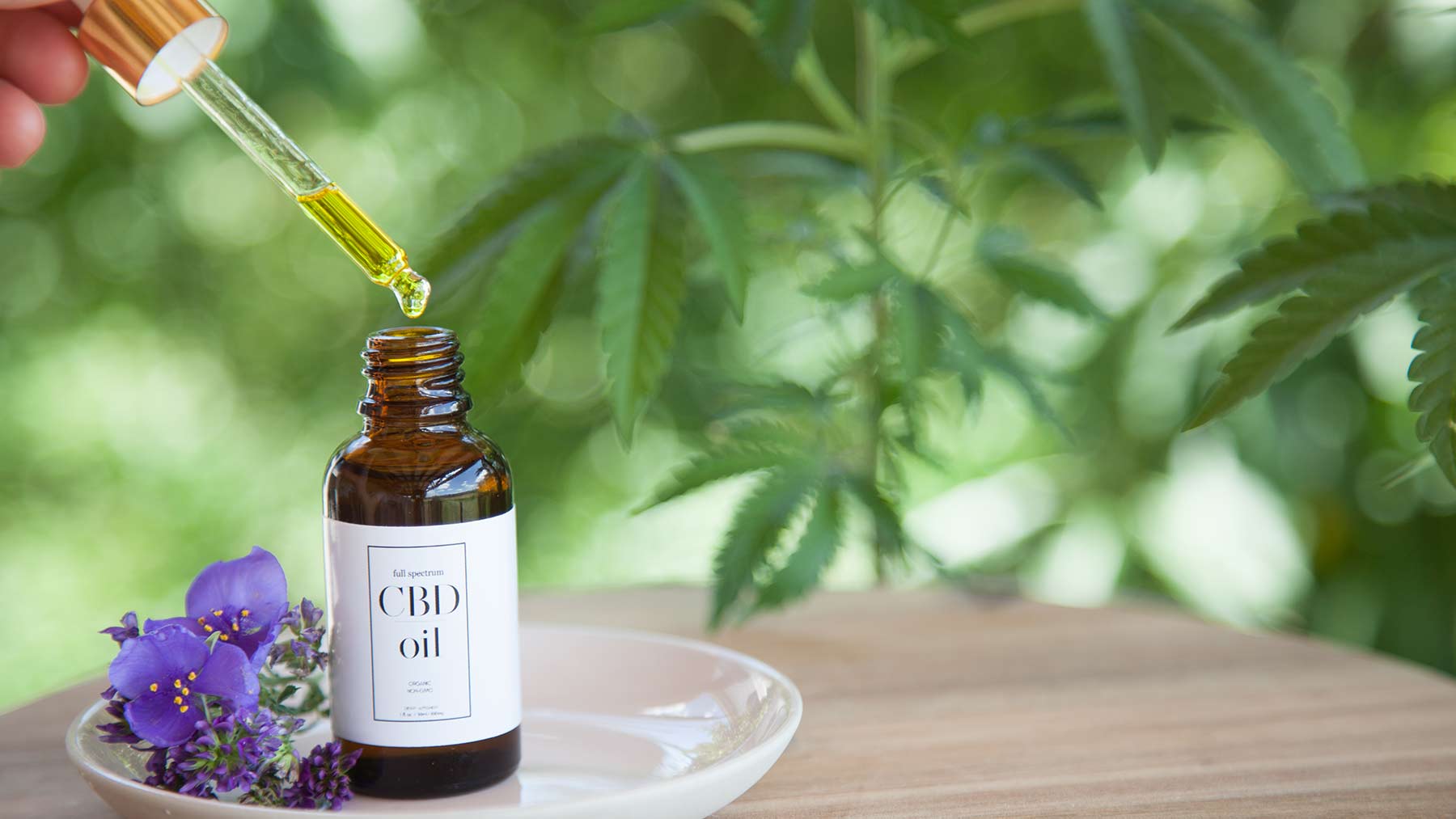CBD vs THC: A Comprehensive Guide to Cannabinoids, Effects, and Applications
The cannabis plant has been used for thousands of years for its medicinal, recreational, and industrial properties. In recent decades, scientific research has advanced our understanding of the active compounds in cannabis—known as cannabinoids—and their interaction with the human body. Among these, CBD (cannabidiol) and THC (tetrahydrocannabinol) are the most prominent and widely studied. Although both originate from the cannabis plant, their effects, legal status, and applications vary significantly.
This article provides an in-depth exploration of CBD vs THC, covering their chemical nature, how they interact with the endocannabinoid system, properties and benefits, medical use, dosing, product types, legal considerations in the Czech Republic, safety profiles, and tips for choosing quality products.
1. Cannabinoid Basics: What Are Cannabinoids?
Cannabinoids are a class of diverse chemical compounds found primarily in the Cannabis sativa plant. To date, over 100 different cannabinoids have been identified, each with unique effects. The two most studied cannabinoids are:
- THC (Δ9-tetrahydrocannabinol): The primary psychoactive compound responsible for the "high" sensation.
- CBD (cannabidiol): A non-psychoactive cannabinoid known for therapeutic effects without intoxication.
Cannabinoids interact with the body’s endocannabinoid system (ECS), a complex cell-signaling system involved in regulating various physiological processes including mood, pain sensation, appetite, immune function, and more.
2. The Endocannabinoid System: How CBD and THC Affect the Body
The endocannabinoid system was discovered in the 1990s and is composed of three main components:
- Endocannabinoids: These are naturally produced cannabinoids within the body, such as anandamide and 2-AG.
- Cannabinoid receptors: Found throughout the body, primarily CB1 receptors (central nervous system) and CB2 receptors (immune system and peripheral tissues).
- Enzymes: Responsible for synthesizing and breaking down endocannabinoids.
Interaction of THC and CBD with ECS
- THC binds directly to CB1 receptors in the brain, mimicking the effects of endocannabinoids but causing psychoactive effects like euphoria, altered perception, and impaired memory.
- CBD has a low affinity for both CB1 and CB2 receptors. Instead, it modulates the ECS indirectly by influencing receptor activity and enhancing levels of endocannabinoids like anandamide by inhibiting its breakdown.
This difference largely explains why THC causes intoxication while CBD does not.
3. CBD Properties and Benefits
CBD has gained immense popularity due to its broad range of therapeutic properties without the high. Its key properties include:
- Non-psychoactive: Does not produce intoxication or euphoria.
- Anti-inflammatory: Reduces inflammation by modulating immune responses.
- Analgesic: Provides pain relief through interaction with pain pathways.
- Anxiolytic: Reduces anxiety and stress.
- Neuroprotective: Shows promise in protecting neurons and supporting brain health.
- Anti-seizure: Effective in reducing seizures, especially in treatment-resistant epilepsy.
Potential Health Benefits of CBD
- Chronic pain management: Studies show CBD can reduce pain from arthritis, neuropathy, and other chronic conditions.
- Anxiety and depression: Clinical trials indicate CBD improves symptoms of social anxiety disorder and depression.
- Epilepsy: Epidiolex, an FDA-approved CBD medication, treats rare forms of childhood epilepsy like Dravet syndrome.
- Sleep disorders: CBD may improve sleep quality and reduce insomnia.
- Neurodegenerative diseases: Early research suggests benefits in Parkinson’s, Alzheimer’s, and multiple sclerosis.
4. THC Properties and Effects
THC is the primary psychoactive component of cannabis and is responsible for the classic "high." Its key properties include:
- Psychoactive: Induces euphoria, altered sensory perception, and cognitive changes.
- Analgesic: Effective pain relief, especially for neuropathic pain.
- Anti-nausea: Used to combat nausea and vomiting, particularly in chemotherapy patients.
- Appetite stimulant: Known as the "munchies," THC increases appetite.
- Muscle relaxant: Helps reduce muscle spasticity.
Effects of THC
- Euphoria and relaxation
- Altered time perception
- Heightened sensory perception
- Impaired short-term memory and coordination
- Anxiety or paranoia (especially at high doses or in susceptible individuals)
5. Key Differences Between CBD and THC
| Aspect | CBD (Cannabidiol) | THC (Tetrahydrocannabinol) | |-----------------------|--------------------------------------|---------------------------------------| | Psychoactivity | Non-psychoactive | Psychoactive (intoxicating) | | ECS receptor affinity | Low affinity; indirect modulation | Directly binds to CB1 and CB2 receptors| | Legal status | Legal in many countries (with limits)| Often restricted or illegal | | Effects on mood | Anxiolytic, calming | Euphoria, altered perception | | Medical uses | Epilepsy, anxiety, pain, inflammation| Pain, nausea, appetite stimulation | | Side effects | Generally well tolerated | Anxiety, paranoia, memory impairment | | Drug testing | Unlikely to cause positive THC tests | Can cause positive drug tests |
6. Medical Applications of CBD and THC
CBD Medical Applications
- Epilepsy: FDA-approved Epidiolex for Dravet and Lennox-Gastaut syndromes.
- Anxiety and PTSD: Reduces anxiety symptoms and improves sleep.
- Chronic pain: Used in arthritis, multiple sclerosis, and neuropathic pain.
- Inflammatory diseases: Crohn’s disease, ulcerative colitis.
- Neuroprotection: Alzheimer's, Parkinson’s disease research ongoing.
THC Medical Applications
- Chronic pain: Particularly neuropathic pain where opioids are ineffective.
- Chemotherapy-induced nausea and vomiting: Marinol and Cesamet are synthetic THC drugs.
- Appetite stimulation: Useful in cachexia and eating disorders.
- Muscle spasticity: Multiple sclerosis treatment.
- Glaucoma: Reduces intraocular pressure (limited by short duration).
7. Dosing Guidelines
CBD Dosing
- General wellness: 10-25 mg per day.
- Anxiety: 25-50 mg per day.
- Epilepsy: Up to 300 mg per day (under medical supervision).
- Pain and inflammation: 20-50 mg twice daily.
CBD dosing varies widely based on condition, body weight, and product potency. It is generally well tolerated even at high doses.
THC Dosing
- Microdosing: 1-2.5 mg for mild effects.
- Moderate dosing: 5-10 mg for noticeable psychoactive effects.
- Medical dosing: Depends on symptom severity; starting low and titrating slowly is crucial.
Due to THC’s psychoactive effects, starting with low doses is recommended to avoid anxiety or paranoia.
8. Product Types: Forms of CBD and THC
Both CBD and THC are available in various product forms:
- Oils and tinctures: Concentrated extracts taken sublingually.
- Edibles: Gummies, chocolates, capsules with measured doses.
- Vapes: Inhalation for rapid onset.
- Topicals: Creams and balms applied on the skin for localized relief.
- Flowers: Dried cannabis buds for smoking or vaporizing (primarily THC).
- Isolates: Pure CBD or THC powders without other cannabinoids.
- Full-spectrum: Contain a range of cannabinoids, terpenes, and flavonoids for the “entourage effect.”
- Broad-spectrum: Multiple cannabinoids but no THC.
9. Legal Status of CBD and THC in the Czech Republic
CBD Legal Status
- CBD products derived from hemp (Cannabis sativa) with less than 0.3% THC are legal.
- CBD is sold as a dietary supplement or cosmetic.
- THC content above 0.3% classifies a product as a narcotic and is illegal without special authorization.
- Czech law allows for the sale and possession of hemp-based CBD products within these limits.
THC Legal Status
- THC is classified as a controlled substance.
- Recreational use of cannabis remains illegal.
- Medical cannabis with THC is legal under prescription since 2013.
- Patients may obtain cannabis flower or extracts from pharmacies with a prescription.
- Possession of small amounts for personal use is decriminalized but still subject to fines or restrictions.
10. Safety and Side Effects
CBD Safety Profile
- CBD is generally well tolerated with low toxicity.
- Possible side effects: dry mouth, fatigue, dizziness, changes in appetite.
- CBD can interact with certain medications by inhibiting cytochrome P450 enzymes.
- Long-term safety data is limited but promising.
THC Safety Profile
- Acute side effects: dizziness, anxiety, paranoia, impaired coordination.
- Chronic heavy use can lead to cognitive impairment or dependency.
- Risk of psychosis in predisposed individuals.
- Not recommended during pregnancy or adolescence.
- Driving or operating heavy machinery should be avoided after THC use.
11. Choosing Quality CBD and THC Products
When selecting CBD or THC products, consider:
- Source of hemp/cannabis: Organic, pesticide-free cultivation.
- Extraction method: CO2 extraction is clean and efficient.
- Third-party lab testing: Certificates of analysis (COA) confirming cannabinoid content and absence of contaminants.
- Full-spectrum vs isolate: Full-spectrum offers entourage effect but contains trace THC.
- Dosage accuracy: Clearly labeled cannabinoid amounts.
- Reputation of brand: Transparent manufacturing and customer service.
- Product type: Choose based on desired effect and convenience.
12. Scientific Research and Future Directions
Current Research on CBD
- Numerous clinical trials confirm efficacy in epilepsy, anxiety, and pain.
- Ongoing studies on anti-cancer properties, autoimmune diseases, and neuroprotection.
- Research into CBD’s mechanisms of action continues to expand.
Current Research on THC
- Studies on THC’s analgesic and antiemetic effects.
- Exploration of THC in neurodegenerative diseases and PTSD.
- Research into safer delivery methods and minimizing psychoactive side effects.
The Entourage Effect
Emerging evidence suggests cannabinoids work better in combination with other cannabinoids and terpenes—a synergy called the entourage effect. This has led to the development of full-spectrum products.
Conclusion
CBD and THC are two of the most significant cannabinoids from cannabis, each with unique properties, effects, and medical applications. CBD offers therapeutic benefits without psychoactivity, making it widely accessible and legal in many regions, including the Czech Republic (within certain THC limits). THC, while psychoactive, has powerful medicinal properties and is used in controlled medical contexts.
Understanding the differences between CBD and THC, their interaction with the endocannabinoid system, dosing, safety, and legal status is crucial for users, patients, and healthcare providers alike. As scientific research progresses, the therapeutic potential of both cannabinoids is likely to expand, offering new avenues for treatment and wellness.
Disclaimer: This article is for informational purposes only and does not constitute medical advice. Consult a healthcare professional before starting any cannabinoid-based treatment.

